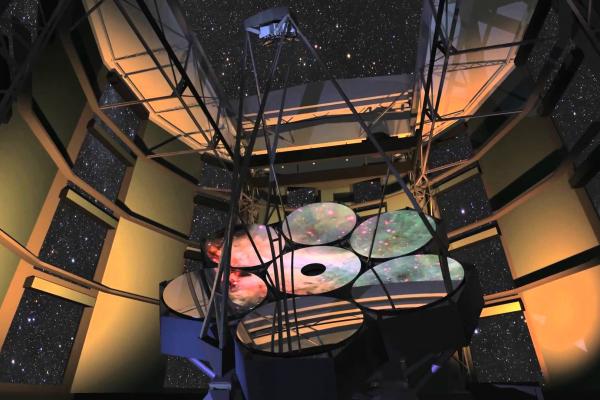
Giant Telescopes and Astronomical Discovery
Patrick McCarthy, Carnegie Observatories
Optical-IR telescopes on the ground and in space have been the drivers for astronomical discovery for four centuries. I will provide an overview and status report for the Giant Magellan Telescope (GMT) in the context of the development of large telescopes on the ground. New discovery space opened by the GMT and other large telescopes will impact rapidly growing fields such as exoplanet research while expanding the frontiers of cosmology and general astrophysics. The GMT is under construction and will be sited in northern Chile at the Las Campanas Observatory. GMT builds on the adaptive optics systems in use at the LBT, Magellan and the European VLT and will provide a factor of three gain in angular resolution along with an order of magnitude increase in collecting area compared to 8m telescopes. The 2020’s will be a decade of unprecedented discovery potential as JWST, LSST, GMT and other facilities work in synergy to tackle forefront questions in a wide range of fields.
Coffee and donuts will be served at 2pm in 4054 McPherson Laboratory
